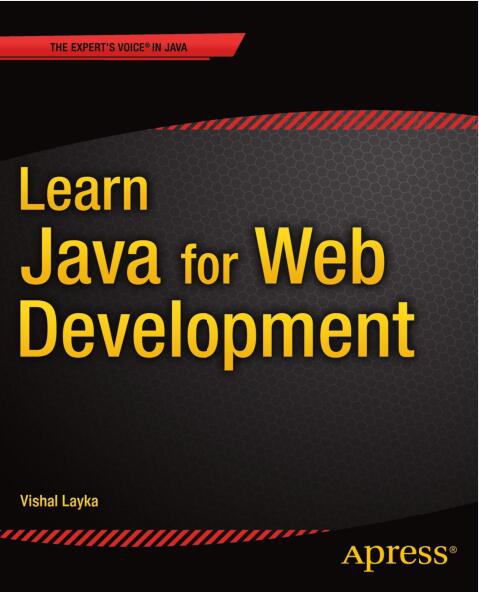
资料内容:
Java EE
Java began life as a programming language designed for building stand-alone applications and grew
rapidly into other spheres. A large part of Java’s popularity can be attributed to its usage in creating
web applications. A web application consists of static and dynamic (interactive) web pages. Static
web pages contain various types of markup languages (HTML, XHTML, and so on) and are used, in
general, to provide information; dynamic web pages, on the other hand, are capable of generating
content with the aid of additional web components (covered in Chapter 2). Thus, a web application
is a collection of web pages and is capable of generating dynamic content in response to requests.
Unlike a web page used merely to provide information, a web application lets you perform some
activity and save the result. Developing a web application, however, is fundamentally different from
building stand-alone applications and requires you to understand the following three key elements:
The Java EE platform: This is the set of API specifications that are the building
blocks of the web application.
The web container: The web container implements the API specifications of
the Java EE platform. Specifically, the web container provides the services
for managing and executing web components such as servlets, JSPs, filters,
listeners, and render responses to the client. The web containers are covered in
Chapter 2.
The Java EE Platform
The Java EE platform is driven by the following two goals:
Providing the API specifications that are the building blocks of the web
application.
Standardizing and reducing the complexity of enterprise application
development. It does this by providing an application model that defines an
architecture for implementing services as multitiered applications.
Figure 1-2 summarizes the evolution of Java EE and, for the sake of brevity, shows only the new
specifications added with each release.

